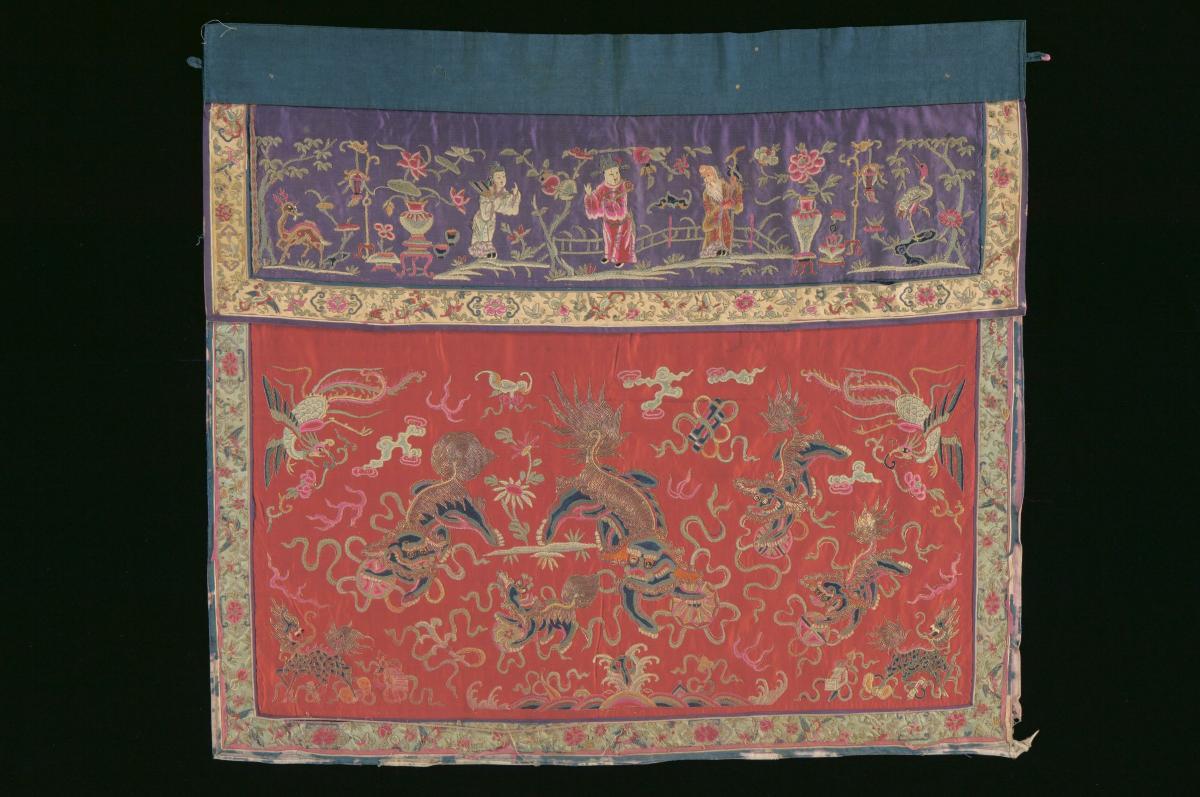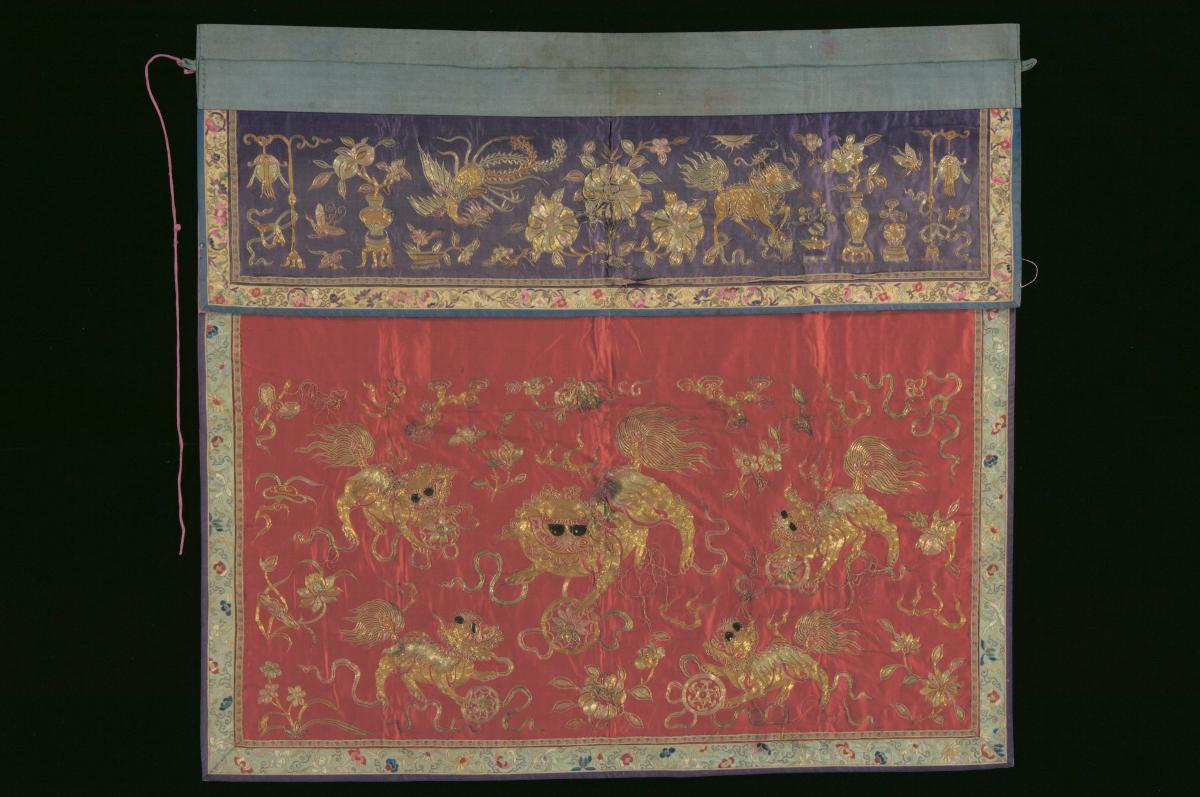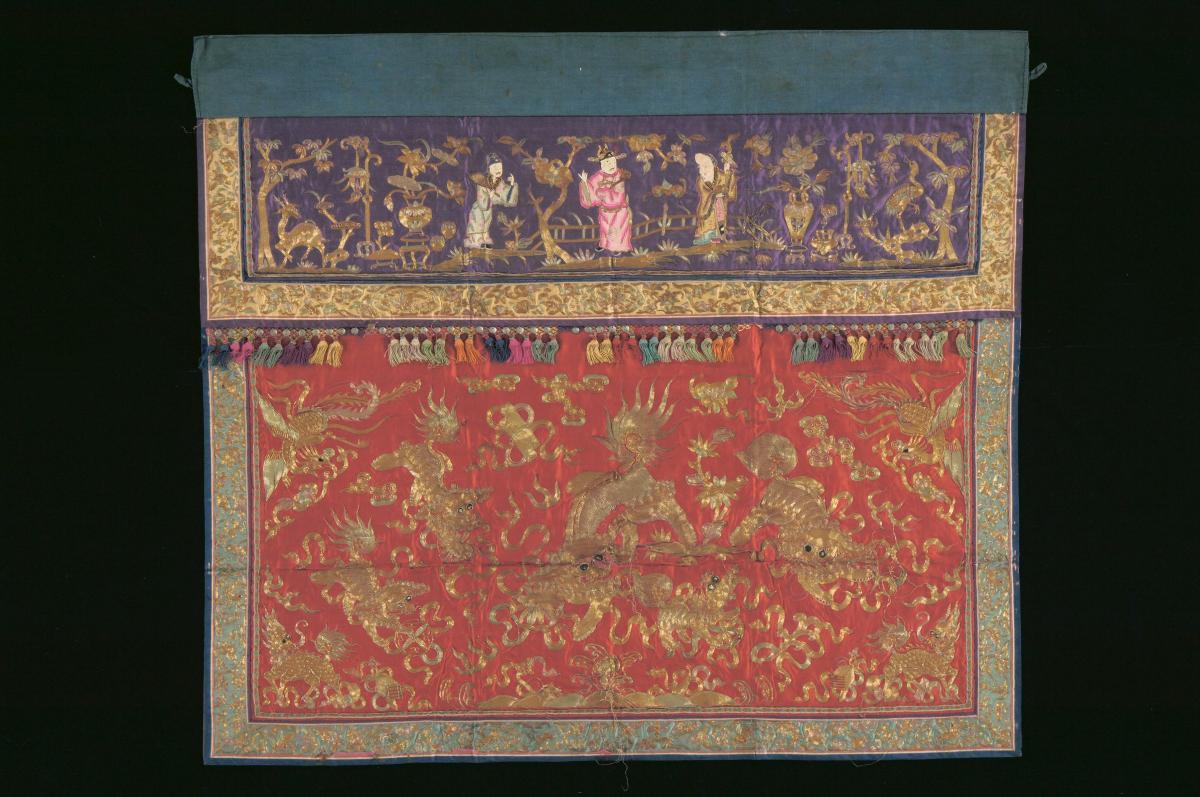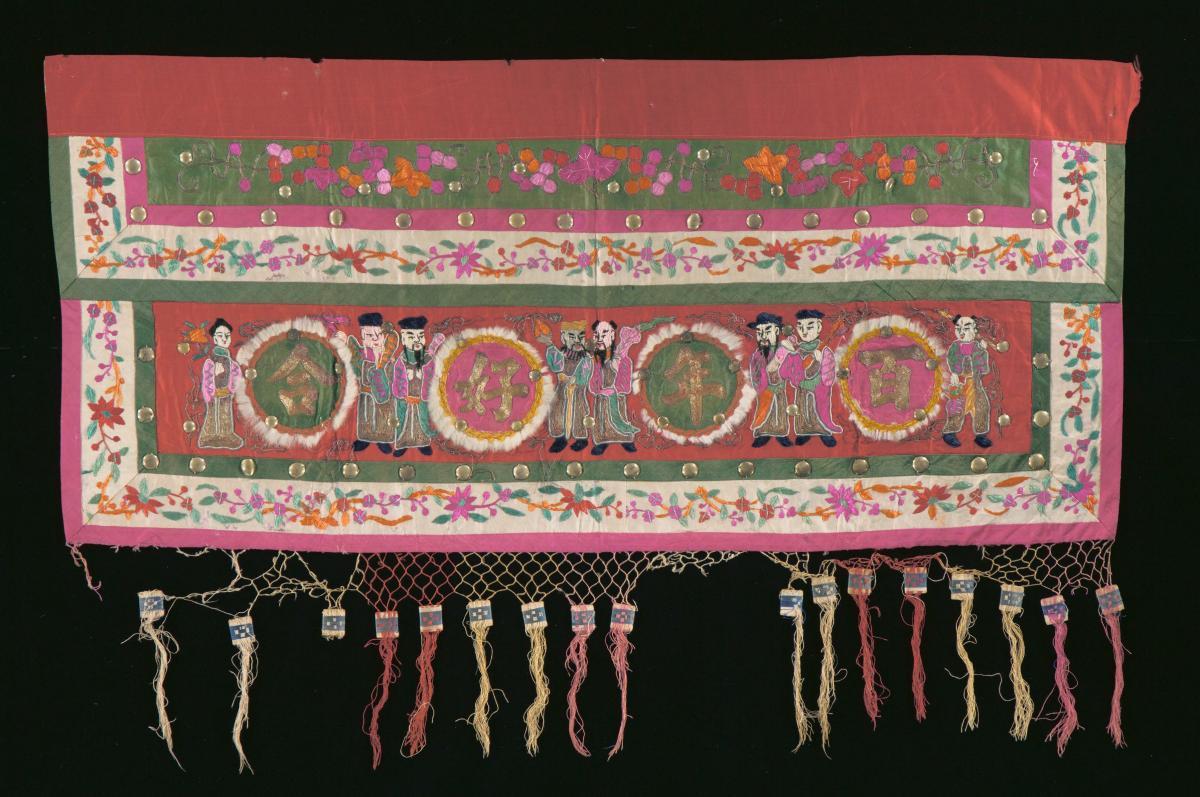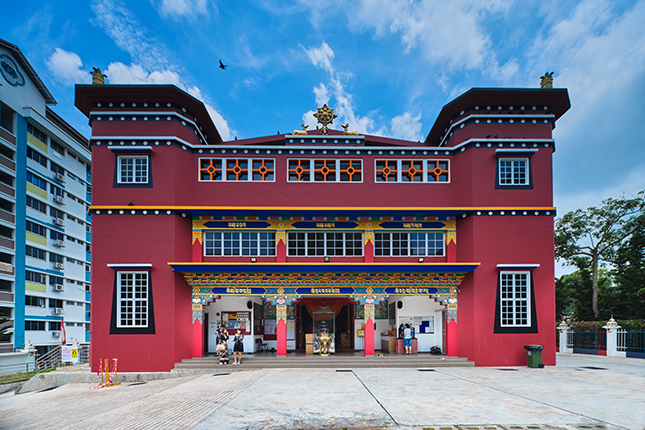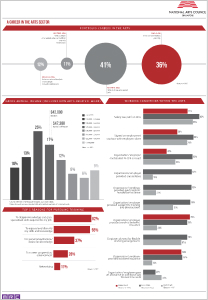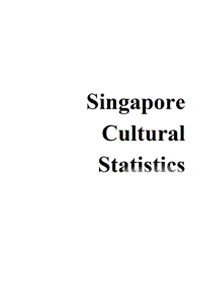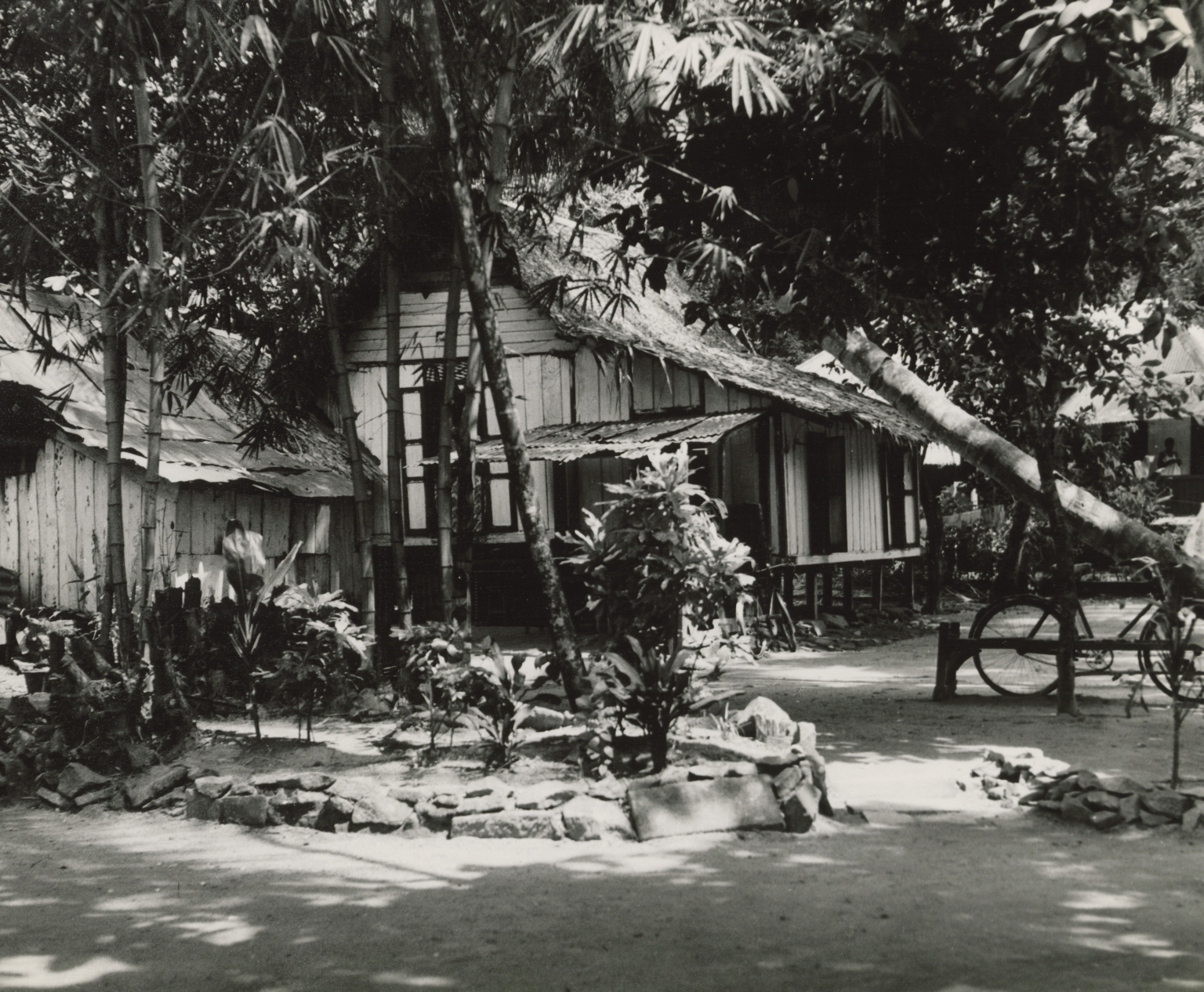Tok Wi is Baba Malay term used to refer to a cloth attached to the front of altars on significant occasions like weddings, funerals and feast days. The Chinese term for tok wi is 桌裙 zhuoqun, or ‘altar skirt’. They usually feature auspicious motifs such as dragons, the ‘qilin’, a mythical hoofed Chinese chimerical creature that symbolises virility, and gods of good fortune, prosperity and longevity. This piece is an example used by the Peranakan Chinese in Singapore and Indonesia. This type of textile was made in China probably from the late 19th century to early 20th century, with embroidered silk threads and metallic thread couching on a silk base.The gay colours suggest that this altar cloth was used for a special occasion. Wealthy Peranakan families purchase altar cloths of different background colours for specific use during funerals and weddings.




